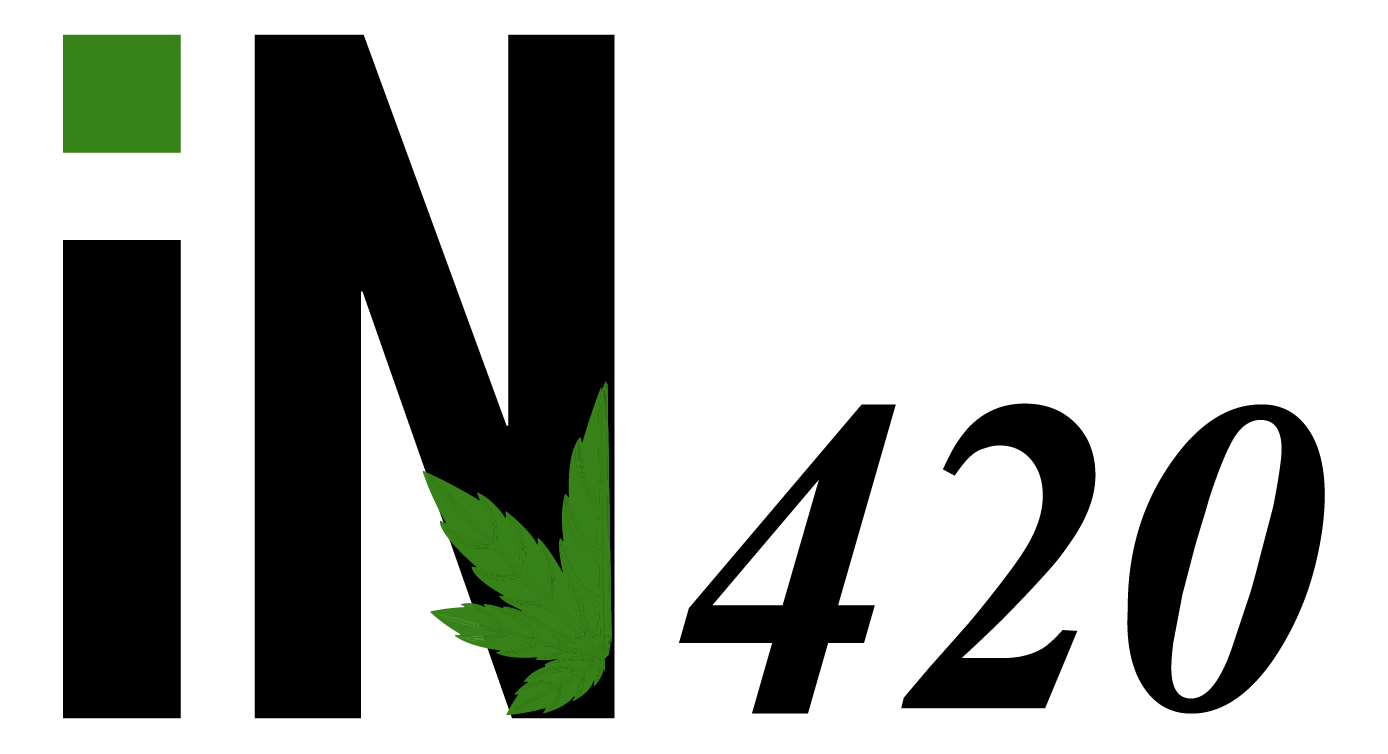Okanagan homeowners are doing just fine with inflation, interest rates
A dramatic rise in interest and inflation rates over the last year, sky-high housing prices and a housing crisis, you'd think there would be tangible signs of stress from homeowners.
While some people are certainly struggling to put food on the table, mortgage defaults are near an all-time low and fewer people were falling behind on their loan payments at the end of June this year compared to last year.
The COVID-19 pandemic may have played a huge role in easing the economic blow.
“For a lot of households, especially those most fortunate households who are largely homeowners, the pandemic was a bit of forced savings program,” Brendon Ogmundson, chief economist with the BC Real Estate Association, told iNFOnews.ca. “Their incomes didn’t really change, or even went up or they got transfers from the government, and they couldn’t spend any money so they built up a huge amount of excess savings that helps to offset some of the rising mortgage payments.”
Estimates range from $250-$350 billion in Canada-wide savings since the pandemic hit in 2020.
While the pace of saving has slowed, for the most part Canadians have left that money in the bank, unlike their American cousins who are rapidly drawing down their savings, Ogmundson said.
Statistics back this up.
Canada Mortgage and Housing Corporation reported in August that only 0.33% of Canadians had defaulted on their mortgages in the second quarter of this year.
In BC, that was only 0.11%. The Central Okanagan was 0.12%.
That’s down from a high of 0.68% in Kelowna way back in 2012 and 0.43 in BC in 2014. The lowest levels recorded in BC or Kelowna since 2012 was 0.1% and that was just last year.
Whatever the time, for the last decade at least, well under 1% of homeowners failed to make their mortgage payments.
READ MORE: Housing prices aren't the only thing attracting people away from Kamloops, Okanagan
On the overall debt side, Statistics Canada show a significant 16% increase in the amount people paid for debt by the end of the second quarter this year compared to 2022 for all Canadians.
But most of that was mortgage payments.
Non-mortgage payments are only up 9% over the past year and 8% since pre-pandemic 2019.
Credit rating agency TransUnion reported that, as of the end of June 2023, the number of people who were 90 days or more behind in their loan payments grew by 8.01% in Canada but that rate actually fell by 0.95% in BC.
There are a number of factors other than high savings triggered by COVID that put homeowners in pretty good financial shape.
The unemployment rate is one of those.
“Even while the Bank of Canada has been aggressively raising rates we haven’t really seen any change in the unemployment rate so we haven’t seen a major impact on the economy,” Ogmundson said. “While by some measures the economy is slowing down, we haven’t seen a real hit on the job market yet. The unemployment rate is very low and wages are rising very fast – in the past eight months actually outpacing inflation as well.”
The latest measures show wage increases of 7% while inflation, in September, was 3.8%.
Life is even better for homeowners.
“Forty-five percent, or so, of homeowners in BC don’t have a mortgage so they’re not sweating out the Bank of Canada raising rates,” Ogmundson said. “About 55% of homeowners in BC have been in their homes for 10-plus years. Over the past 10 years, home prices have doubled, so they’re sitting on a huge amount of equity.”
In Kelowna, the average buyer used to put down about 30% on a home. Given the higher interest rates and the added 2% stress test, that’s grown to about 50%.
“That kind of tells you about the types of buyers in a market like Kelowna – lots of retirees coming into the market and purchasing homes with very large down payments or outright cash offers,” Ogmundson said. “And with how high the rates are, unless you have a very high down payment, you’re probably going to have a hard time passing the stress test.”
A final contributing factor is that people often take out five-year mortgages. The interest rates only started rising as of March 2022 so many people still have a long time to go before facing higher mortgage rates.
While this largely paints a rosy picture for homeowners, the future is much grimmer for younger folks.
READ MORE: More than 25 low income residents face loss of affordable West Kelowna homes
“The largest increase in delinquency, of 13 basis points, was among Generation Z (born 1994 to 2010) consumers,” TransUnion reported in August. “This is likely because Generation Z borrowers are early in their careers and may not yet have the levels or stability of income that enables them to weather the current environment
TransUnion also points out that, for some people, their financial resiliency is being bolstered by racking up more and more debt, although it doesn’t forecast how long it will take before those people hit a debt wall.
To contact a reporter for this story, email Rob Munro or call 250-808-0143 or email the editor. You can also submit photos, videos or news tips to the newsroom and be entered to win a monthly prize draw.
We welcome your comments and opinions on our stories but play nice. We won't censor or delete comments unless they contain off-topic statements or links, unnecessary vulgarity, false facts, spam or obviously fake profiles. If you have any concerns about what you see in comments, email the editor in the link above. SUBSCRIBE to our awesome newsletter here.










